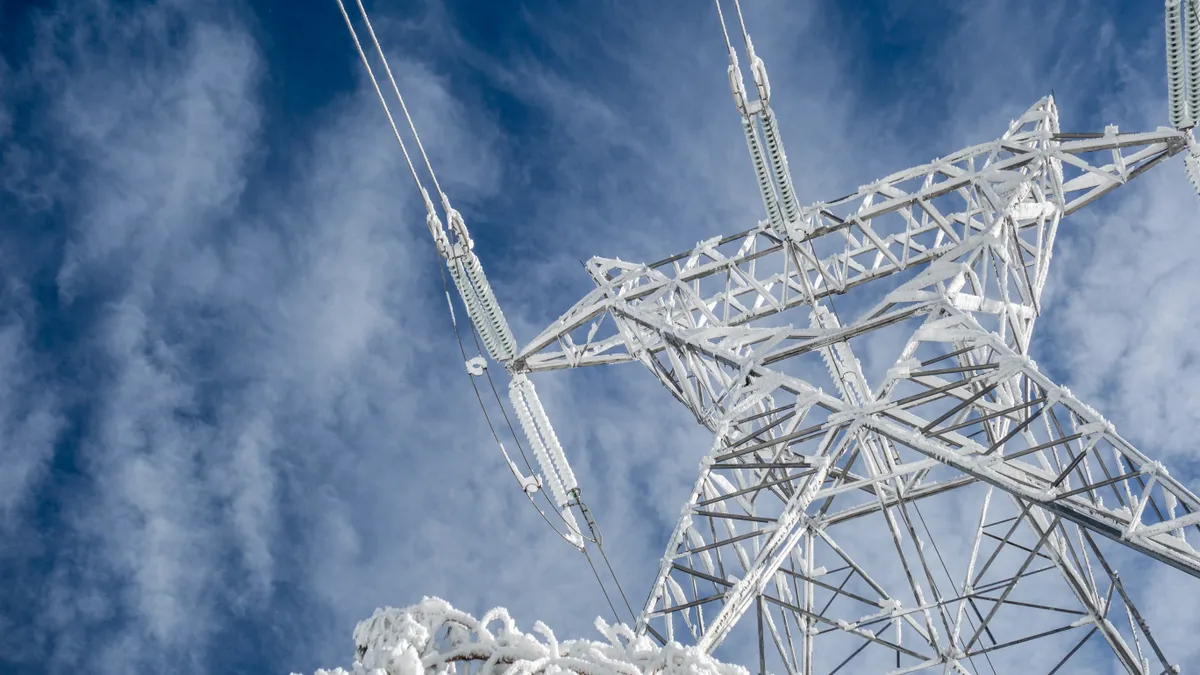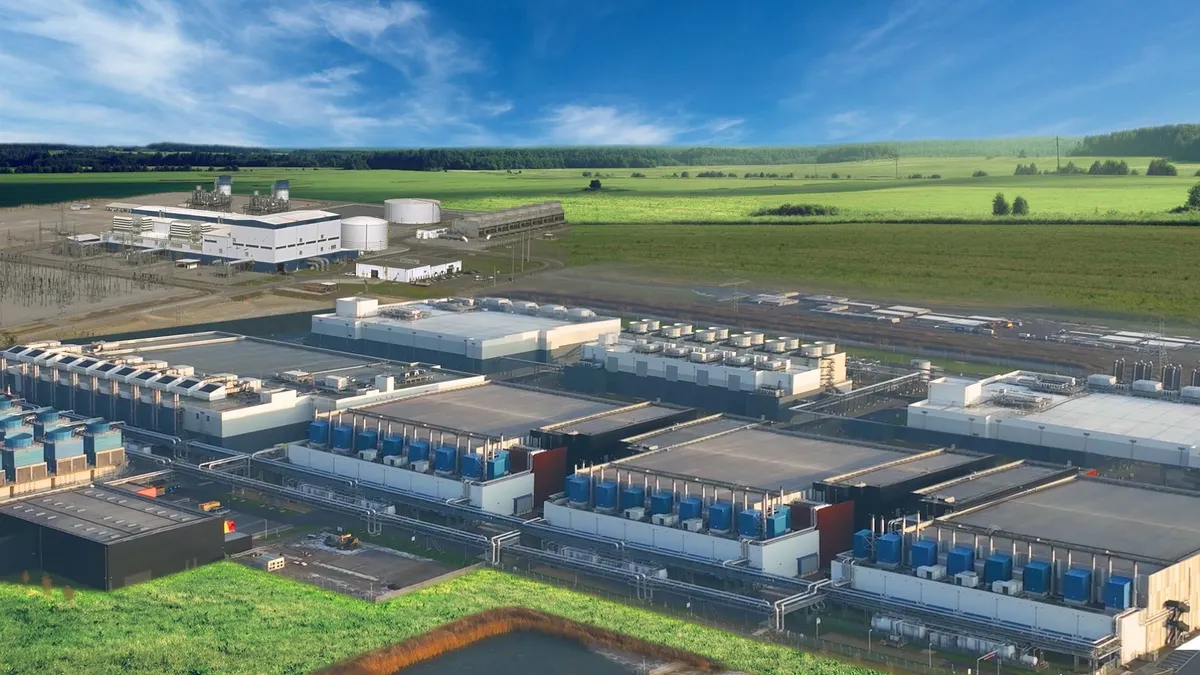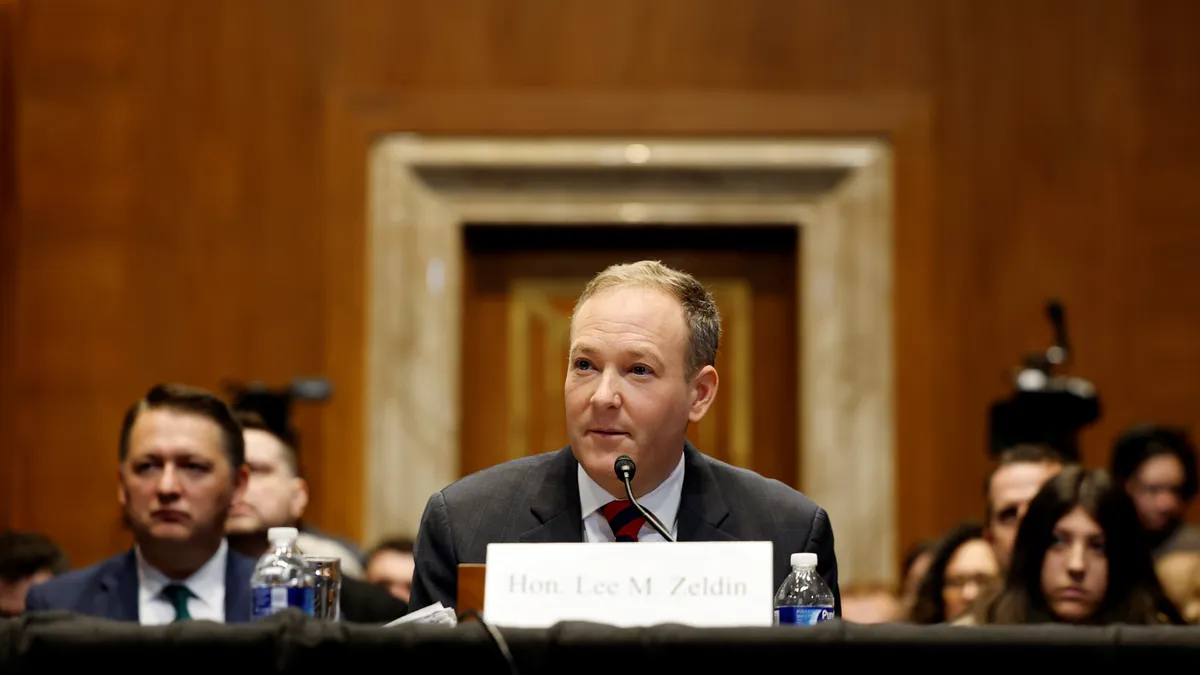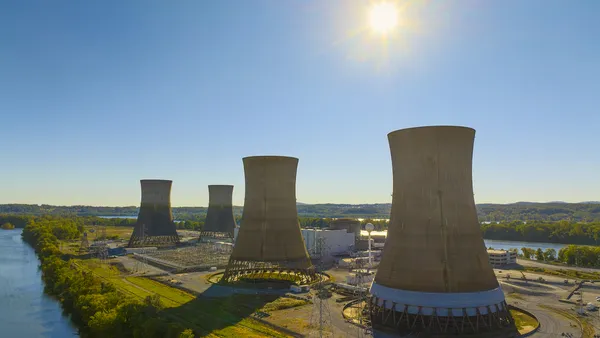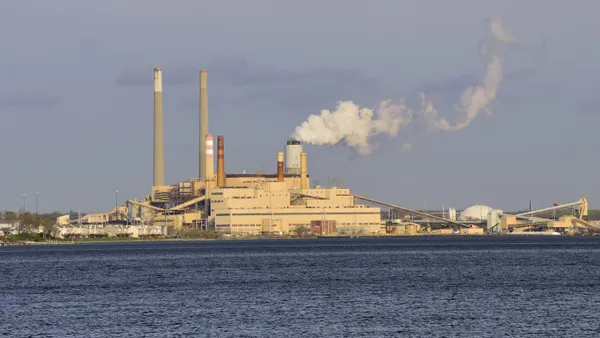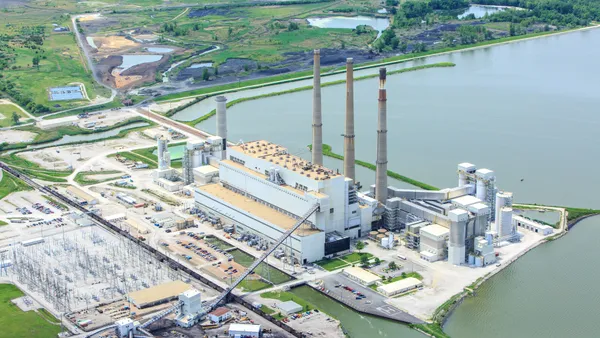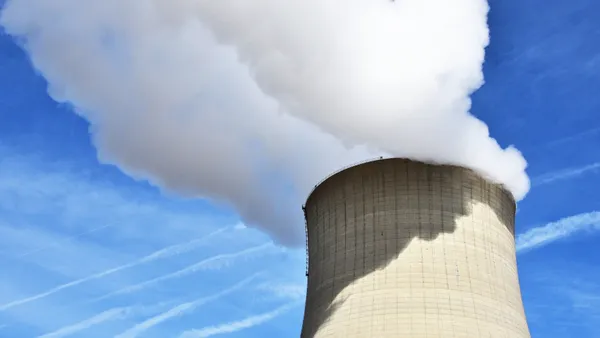Carrie Zalewski is vice president of markets and transmission at the American Clean Power Association.
For decades, the coordination between the gas and electric systems has been one of the most pressing priorities for ensuring reliability on the bulk electric grid. In the two years following Winter Storm Elliott, the spotlight on gas-electric coordination has only intensified, including NARUC’s work through its Gas-Electric Analytical and Reliability Standards initiative, making it clear that new solutions are needed to tackle this long-standing challenge. Fortunately, a critical tool for enhancing reliability and affordability during extreme weather events is rapidly taking root in the U.S. wholesale markets — energy storage.
Energy storage captures excess energy when it’s cheap and abundant and re-injects that energy back onto the grid when it’s most needed.
The challenge of gas-electric coordination
Gas-electric coordination is a unique and complex challenge. The natural gas system operates under the physical constraint of real-time balancing, with pipelines carefully managing supply and demand while maintaining safe pressure levels. In cold weather conditions, natural gas must flow seamlessly to meet heating needs for homes and businesses while simultaneously fueling power plants to support the electric grid.
However, there is limited pipeline capacity for these two needs, forcing them to essentially compete with one another. A contributing factor to this “competition” is the fundamental difference between the way the gas and energy markets function. The gas market operates using long-term contracts for pipeline capacity, which gives them the “rights” to use the infrastructure. Conversely, the bulk electric system is a just-in-time operation. These markets are largely managed by regional grid operators, ensuring that the cheapest electricity generation matches demand in real-time.
Power generators submit bids into the day-ahead and real-time markets, rather than negotiating any long-term contracts. For example, a recent study conducted by the Northeast Power Coordinating Council found that the majority of gas-fired generators in the region lack firm gas transportation entitlements; meaning that gas flowing to be used for electricity will be curtailed before gas flowing to heat buildings and homes.
Complicating this relationship further is the interdependence between natural gas pipelines and the electric grid. Compressor stations, which maintain pressure along pipelines to move gas from wellheads to city gates, often depend on electricity to operate. If electricity is supplied largely by gas-fired generators in a region, and the gas becomes unavailable, then these compressor stations cannot function — preventing natural gas delivery to generators. This creates a feedback loop where the loss of electricity inhibits gas delivery, which in turn limits electricity generation. These intricacies mean that any disruption in one system can quickly cascade into the other, potentially leading to outages and reliability challenges for both the gas and bulk electric systems.
The role of storage
Energy storage offers a powerful solution for harmonizing gas and electric systems, providing flexibility and reliability that neither system can achieve independently. The Northeast Power Coordinating Council study noted that while dual-fuel capability, supported by liquid fuel storage and resupply arrangements, is a viable strategy to ensure electric system reliability, it also has clear limitations.
One significant limitation is the risk posed by extreme cold conditions lasting longer than a three-day period. Energy storage addresses these challenges directly by storing and dispatching energy without reliance on constrained fuel supplies. Through this capability, energy storage enhances grid resilience and mitigates supply interruptions in several ways:
- Enhancing operational flexibility. Natural gas plants, while usually reliable, are not nimble. They take time to ramp up and down, limiting their ability to respond instantaneously to rapid changes in demand. Energy storage, on the other hand, can fill this gap by responding within seconds.
- Leveraging surplus gas for strategic resilience. Storage can also play a strategic role in optimizing the use of natural gas. Stored energy from gas generation can be dispatched when gas becomes scarce or expensive, such as during cold snaps. By shifting the use of gas resources in this way, storage not only enhances reliability but also reduces costs for consumers.
- Accelerating deployment to meet urgent needs. Building new gas pipelines is a lengthy and expensive process, often taking years to complete, due to permitting and regulatory hurdles. While additional pipeline capacity may still be necessary for some regions, storage provides a quicker, more scalable option for bolstering grid reliability in the near term. Energy storage projects can be deployed on a shorter timeline via streamlined grid interconnection agreements and permitting processes.
Learning from recent cold snaps
The value of storage in improving gas-electric coordination has already been demonstrated during recent extreme weather events. In the Electric Reliability Council of Texas, data from Winter Storm Elliott illustrates how energy storage acted as a critical bridge, allowing the grid to maintain balance and avoid widespread outages. Other markets have seen similar results. In California, energy storage has been instrumental in managing grid reliability during heat waves, which presents a parallel challenge to the cold-weather stress faced by gas-electric systems in other regions. These examples show how storage can serve as a flexible, fast-deploying tool to mitigate reliability risks during extreme events.
Looking ahead
As we continue to adapt to a changing energy landscape, the integration of storage into gas-electric coordination efforts is essential. Regulators and grid operators must prioritize policies that incentivize the deployment of storage, streamline interconnection processes, and ensure storage resources are compensated for their reliability contributions. While natural gas will remain a necessary component of the energy system for years to come, the addition of storage can unlock a new level of flexibility and resilience. By leveraging storage to harmonize the gas and electric systems, we can better navigate the challenges of extreme weather, protect consumers from volatile energy costs, and ensure a more reliable grid for the future.


